Many small animals are probably not a fan of their position on the animal food chain. Having to run, hide, or do anything to avoid getting eaten must be an extreme sport.
For the omnivorous mammals, raccoons, the story is the same. On some days, they are predators; on other days, they are prey.
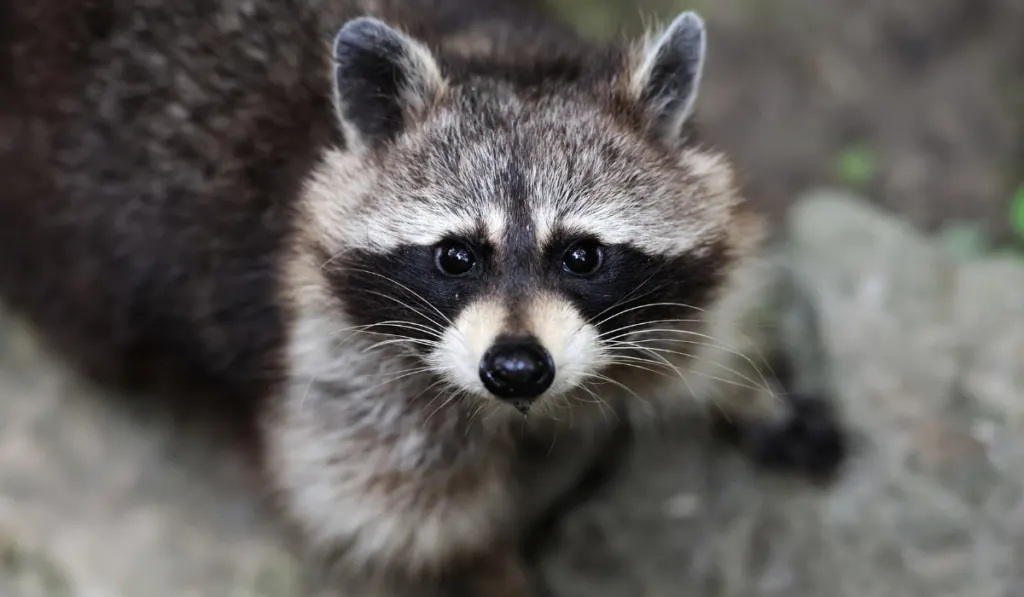
So which animals eat raccoons? Well, we researched a thing or two about what eats raccoons and other fun things you should know about them. Read the next few paragraphs for the details.
Table of Contents
What Animals Do Raccoons Eat (& Some that Eat Them Too)
Raccoons are usually nocturnal, but sometimes they roam about during the day too. Whether they move at night or during the day, many different animals are waiting to turn them to dinner.
So, what animals eat raccoons in the wild?
Birds
Raccoons will eat domestic birds like chickens and turkeys, but they do not stand a chance against larger birds. Raccoons will also eat baby birds on the ground if they find them.
Big birds such as the great horned owl, buteos hawk, golden eagle, and bald eagle actually eat raccoons. These birds are known to kill baby raccoons as well as adult raccoons.
Reptiles
Now, raccoons will not hesitate to snack on small reptiles like lizards and iguanas when they are chanced. But the big ones like crocodiles, anacondas, boa constrictor, alligators, and yacares will waste no time swallowing a raccoon.
Wild Cats
With domestic cats, raccoons might have a field day. Besides the diseases they can transmit to domestic cats, raccoons can also eat cats, especially the small ones. The big domestic cats might not get eaten, but they can get an infection if scratched by a raccoon.
The most vulnerable to are smaller domestic kittens which make easy prey for a raccoon. Especially as they are starting to develop curiosity and scamper around away from their mother.
With wild cats, the story is different. Raccoons stand no chance against them. Mountain lions, jaguars, leopards, lynx, tigers, and many other wild cats will have no problem hunting raccoons.
Canines

Canines are the main predators of raccoons. Foxes, wolves, and coyotes will effortlessly eat and kill a raccoon. Although most of these canines go around hunting in groups, a raccoon is no problem for an individual canine.
The relationship between foxes and raccoons is particularly interesting. They are both primarily nocturnal, they share similar niches, and they are both predators & scavengers.
This means their paths will usually cross, and this makes foxes one of the main predators of raccoons. This might be one of the reasons fox urine finds application as a substance for keeping raccoons away.
List of Animals That Eat Raccoons
The following is a long list of some of the animals that raccoons would not want to be around:
Birds
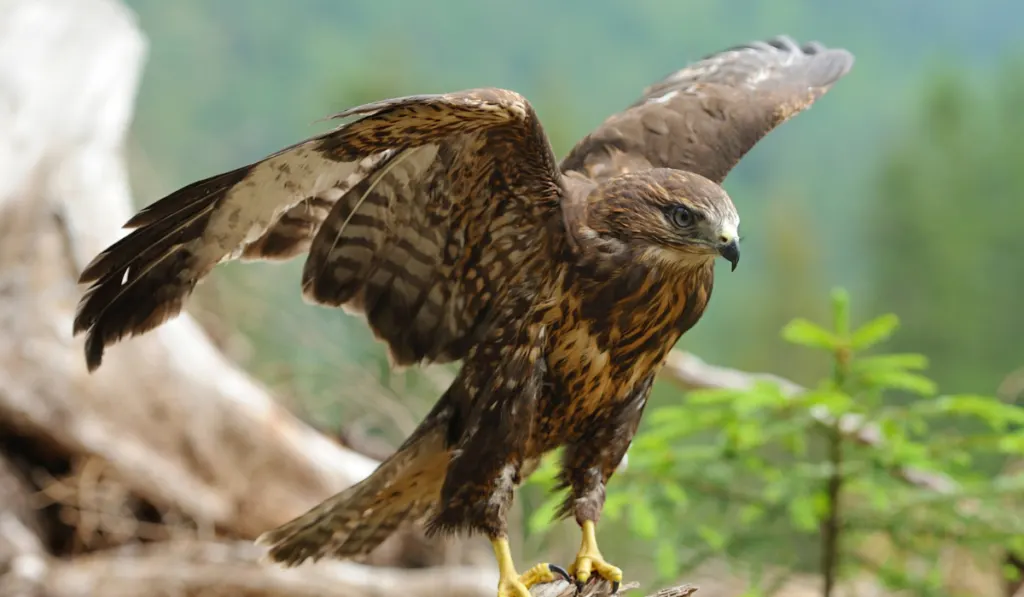
- Great Horned Owls
- Golden Eagles
- Bald Eagles
- Harpy Eagles
- Buteos Hawks
- Goshawks
Wild Cats

- Cougars
- Asiatic Lions
- Tigers
- Cheetahs
- Caracal
- Leopards
- Jaguars
- Lynxes
- Ocelots
- Bobcats
Canines
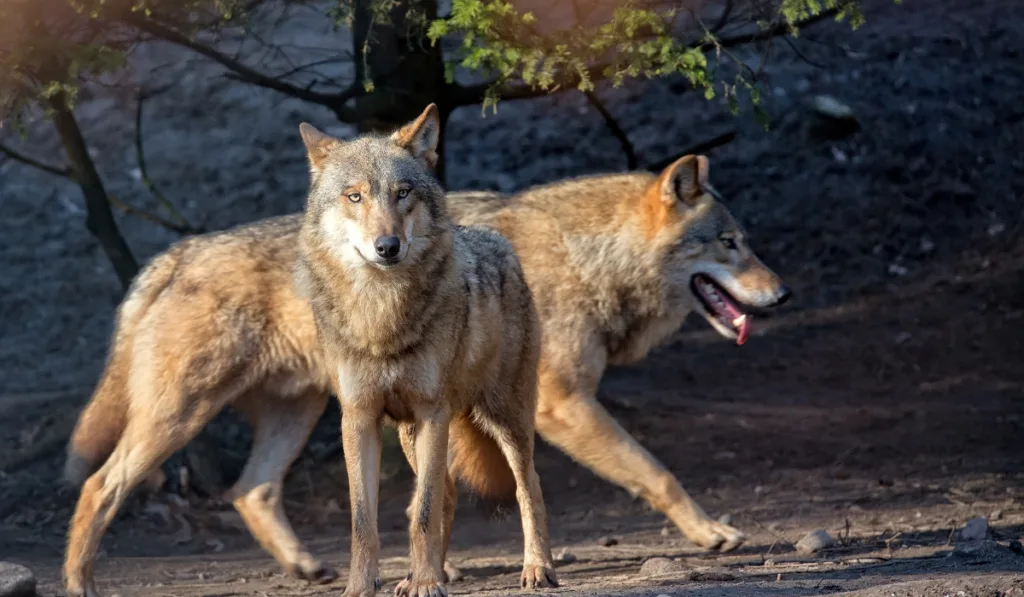
- Wolves
- Coyotes
- Jackals
Reptiles
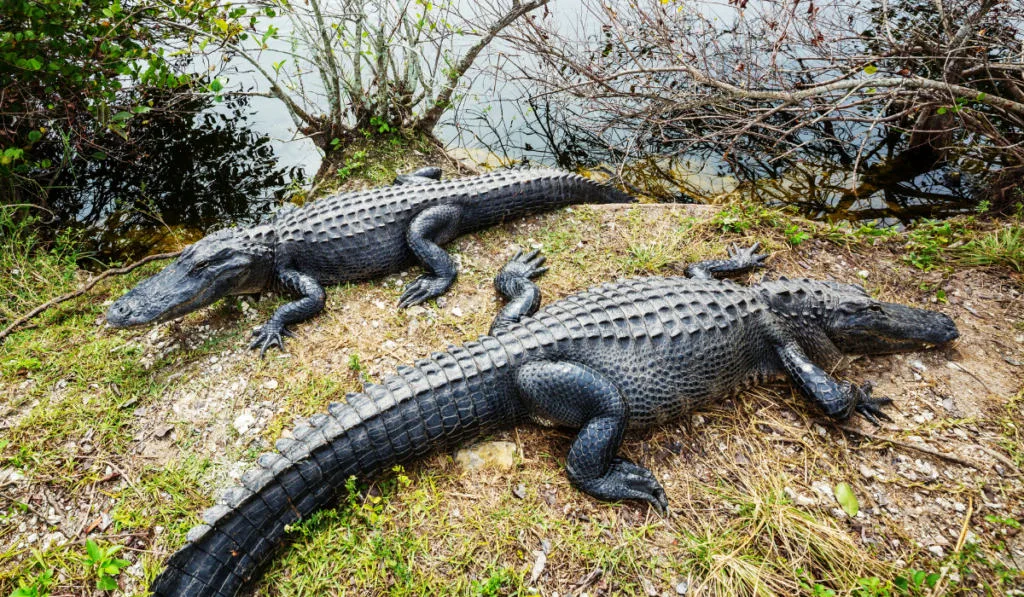
- Alligators
- Crocodiles
- Caimans
- Anacondas
- Boa Constrictors
Other Animals
- Hyenas
- Bears
- Fishers
Where Do Racoons Live
When you think about predators or prey for an animal, you should consider where the animals live.
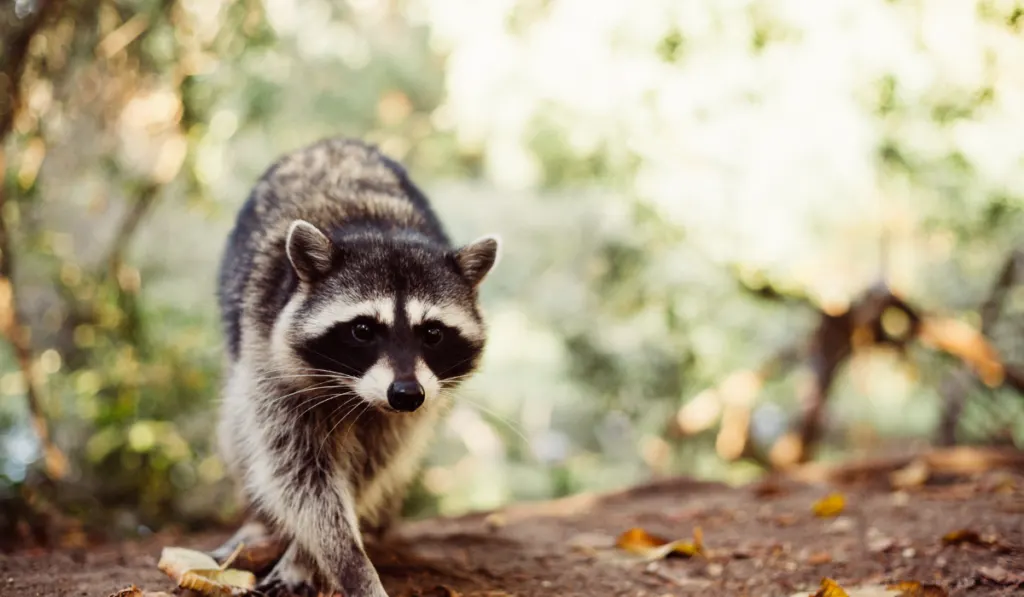
Raccoons usually live in the wild. They prefer habitats with trees, especially those that are close to a source of water. But you will also find them in cities and other environments.
When they are not running around in the forest, raccoons can rest in trees. They also sleep in burrows – they either dig their own burrows or repurpose burrows made by other animals.
In urban areas where there might be no trees for them to sleep in, they find alternatives. Some of these alternatives include abandoned cars, sheds, attics, woodpiles, chimneys, and crawl spaces.
Raccoons usually have more than one sleeping place (den), and they go from one to another every few days. You’ll find their den around their source of food and water. So, trash cans, dumpsters, parks, and gardens are some areas where you’ll find raccoon dens.
During winter, when the weather is harsh, raccoons will spend more time in their den. They do the same during their mating season too.
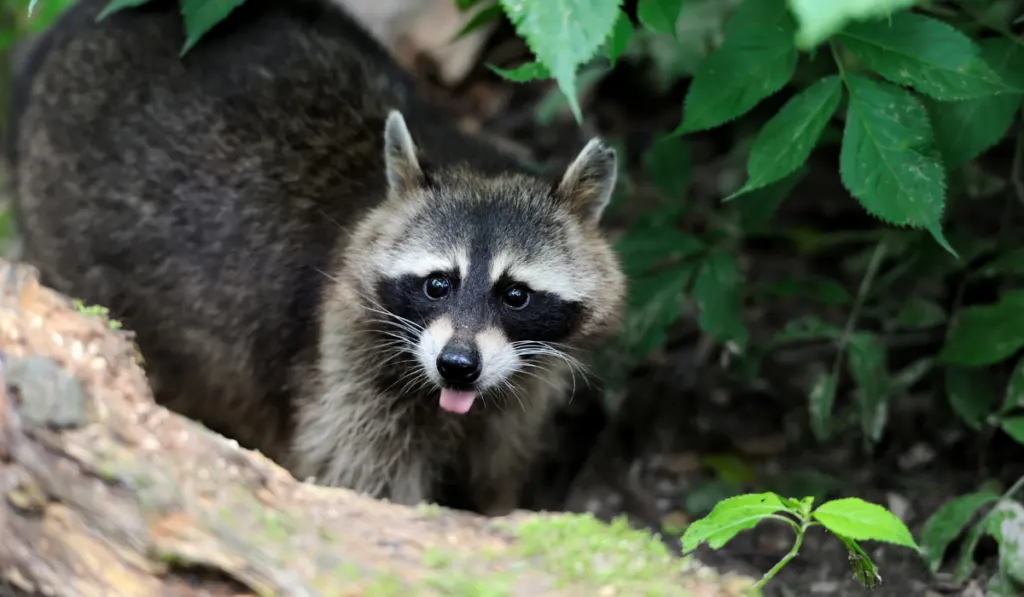
Other Fun Racoon Facts
So, we’ve said quite a lot about the habitats and predators of raccoons. Let’s learn more about them, shall we? The following are some things you may not know about raccoons:
- On average, raccoons weight 15 – 40 pounds when they are fully grown. But some male raccoons have grown to be as big as 60 pounds.
- Adults grow to lengths between 2 and 3 ft. This length includes their tail, which usually measures about 12 inches.
- Their hind limbs are longer than their fore limbs. This is why they appear hunched when they are moving.
- Wild raccoons are usually leaner than urban raccoons. Unlike wild raccoons, urban raccoons do not have to do too much to get their food.
- Raccoons mate between January and June. This period is the only time they pair up.
- They have a gestation period of 9 weeks and can give birth to up to 7 babies at once.
- On average, wild raccoons live 2 -3 years, but in captivity, they can live for up to 13 years.
Raccoons might look small and cute, but you should avoid carrying or triggering them. They sometimes carry diseases, and you might become infected if they bite or scratch you. If a raccoon infiltrates your home, the best thing to do is call a pest management professional.
Resources
- https://www.catological.com/raccoons-attack-eat-cats/
- https://www.quora.com/What-predators-eat-raccoons
- https://www.havahart.com/articles/where-do-raccoons-live
- https://www.terminix.com/pest-control/raccoons/habitat/
- https://www.livescience.com/52655-raccoons.html
- https://sciencing.com/enemies-do-raccoons-have-6759578.html
- https://wdfw.wa.gov/species-habitats/species/procyon-lotor
